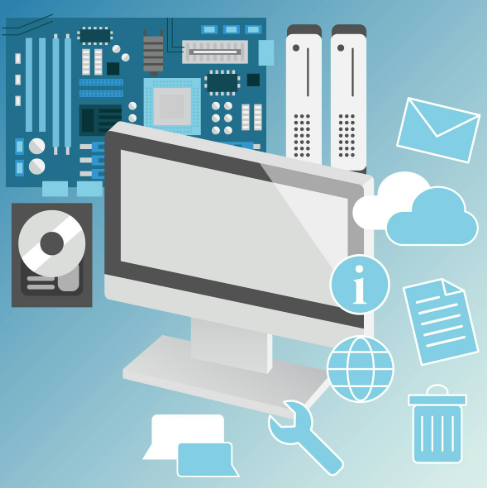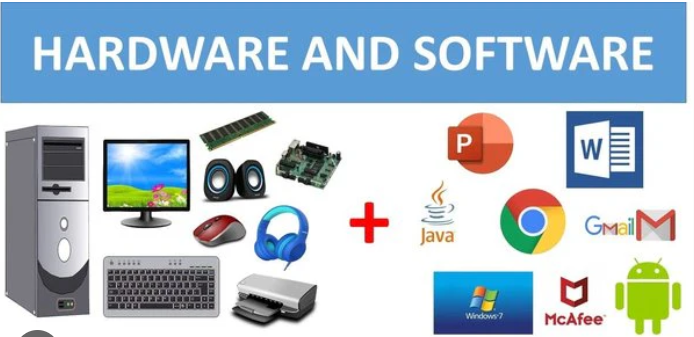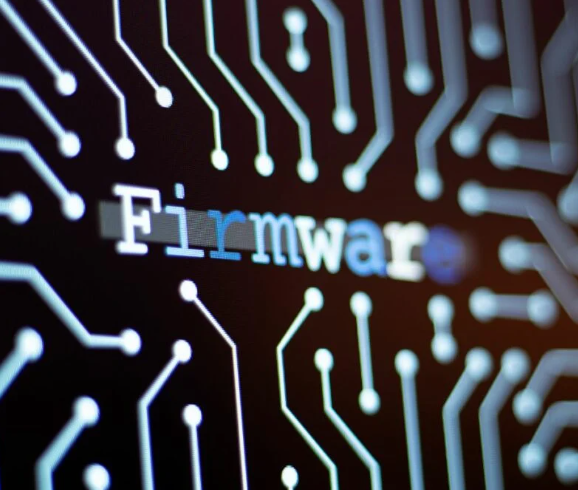
Types of Computer Hardware Explained | Input, Output, Processing & Storage
Understanding the different types of computer hardware is essential for anyone who uses or works with computers. Whether you’re a student, beginner, or just curious about what goes on inside your machine, this guide breaks down the four main types of hardware: Input, Output, Processing, and Storage—with simple explanations and examples.
1. Input Devices – Entering Data into the Computer
Input hardware allows users to send data and instructions to the computer for processing.
Common Input Devices:
- Keyboard – For typing text and commands
- Mouse – For navigation and clicking
- Microphone – For recording audio or voice commands
- Scanner – For converting physical documents into digital format
- Webcam – For capturing video or images
Input devices act as the gateway for humans to communicate with computers.
2. Output Devices – Getting Results from the Computer
Output hardware displays or presents the result of the computer’s processing to the user.
Common Output Devices:
- Monitor – Displays text, images, and videos
- Printer – Produces hard copies of digital documents
- Speakers – Output sound, music, or alerts
- Projector – Enlarges computer display onto a wall or screen
- Headphones – Personal audio output device
Output devices make computer results visible, audible, or tangible to users.
3. Processing Devices – Brain of the Computer
Processing hardware is responsible for performing calculations and running instructions.
Key Processing Components:
- CPU (Central Processing Unit) – Executes instructions; known as the “brain” of the computer
- GPU (Graphics Processing Unit) – Handles image and video rendering (graphics-heavy tasks)
- Motherboard – Connects and communicates between all hardware components
- RAM (Random Access Memory) – Temporarily stores active data for quick access
Processing devices are at the heart of every computing operation.
4. Storage Devices – Saving Data for Later Use
Storage hardware keeps data, software, and files for both short-term and long-term access.
Types of Storage:
- Primary Storage
- RAM – Fast, temporary memory that erases when power is off
- ROM – Permanent memory that stores essential startup instructions
- Secondary Storage
- HDD (Hard Disk Drive) – Mechanical storage with high capacity
- SSD (Solid State Drive) – Faster storage with no moving parts
- USB Flash Drive – Portable and convenient external storage
- Memory Cards – Used in phones, cameras, and tablets
Storage devices hold all your files, apps, and system data.
Summary Table
| Hardware Type | Function | Examples |
| Input Devices | Enter data | Keyboard, mouse, scanner |
| Output Devices | Display results | Monitor, printer, speakers |
| Processing | Execute commands | CPU, GPU, RAM |
| Storage | Store data | HDD, SSD, USB drive |
Final Thoughts
Understanding the four types of computer hardware gives you a clearer view of how computers function. Whether it’s typing a document, watching a video, or saving your work—input, output, processing, and storage are always at play.


